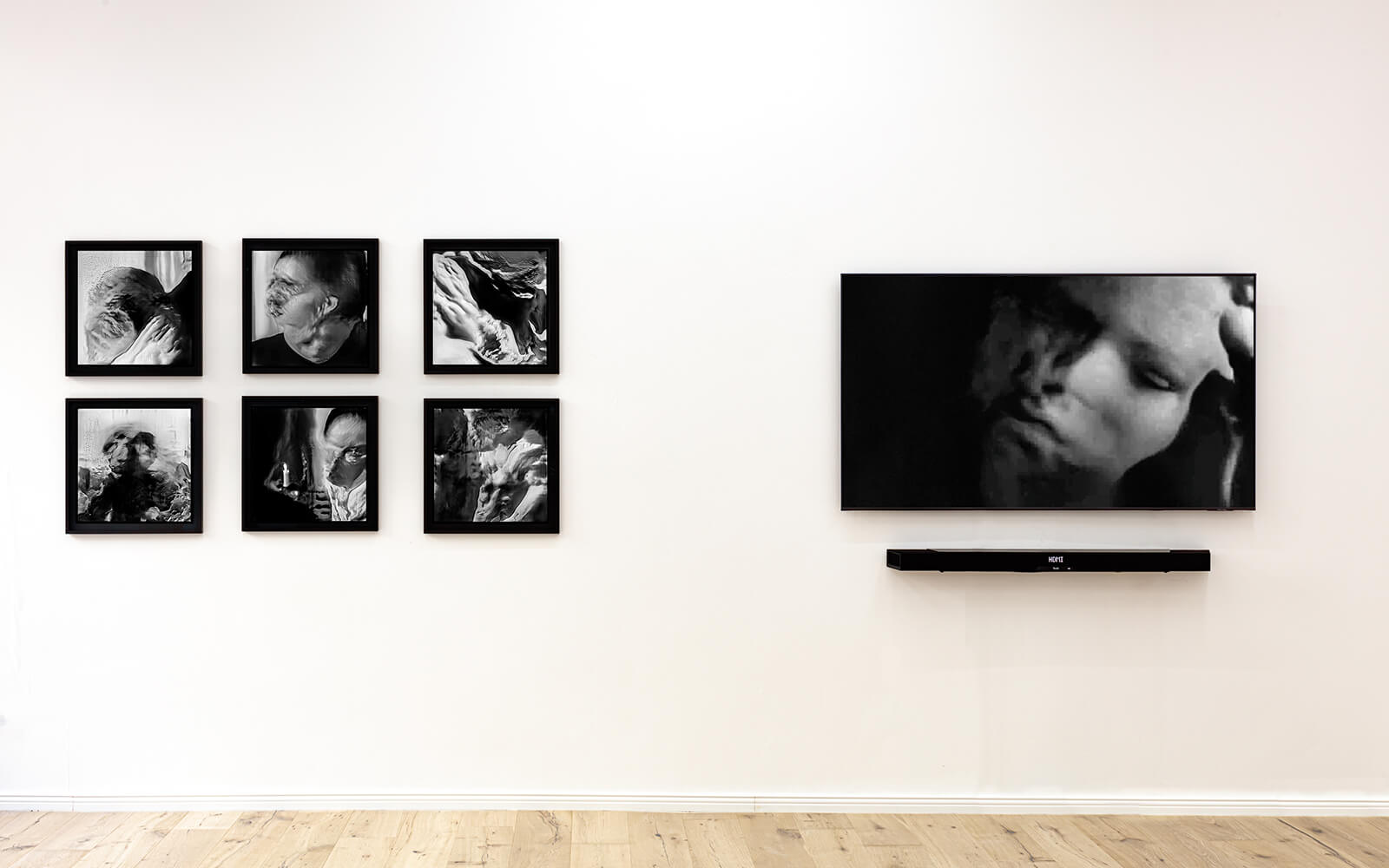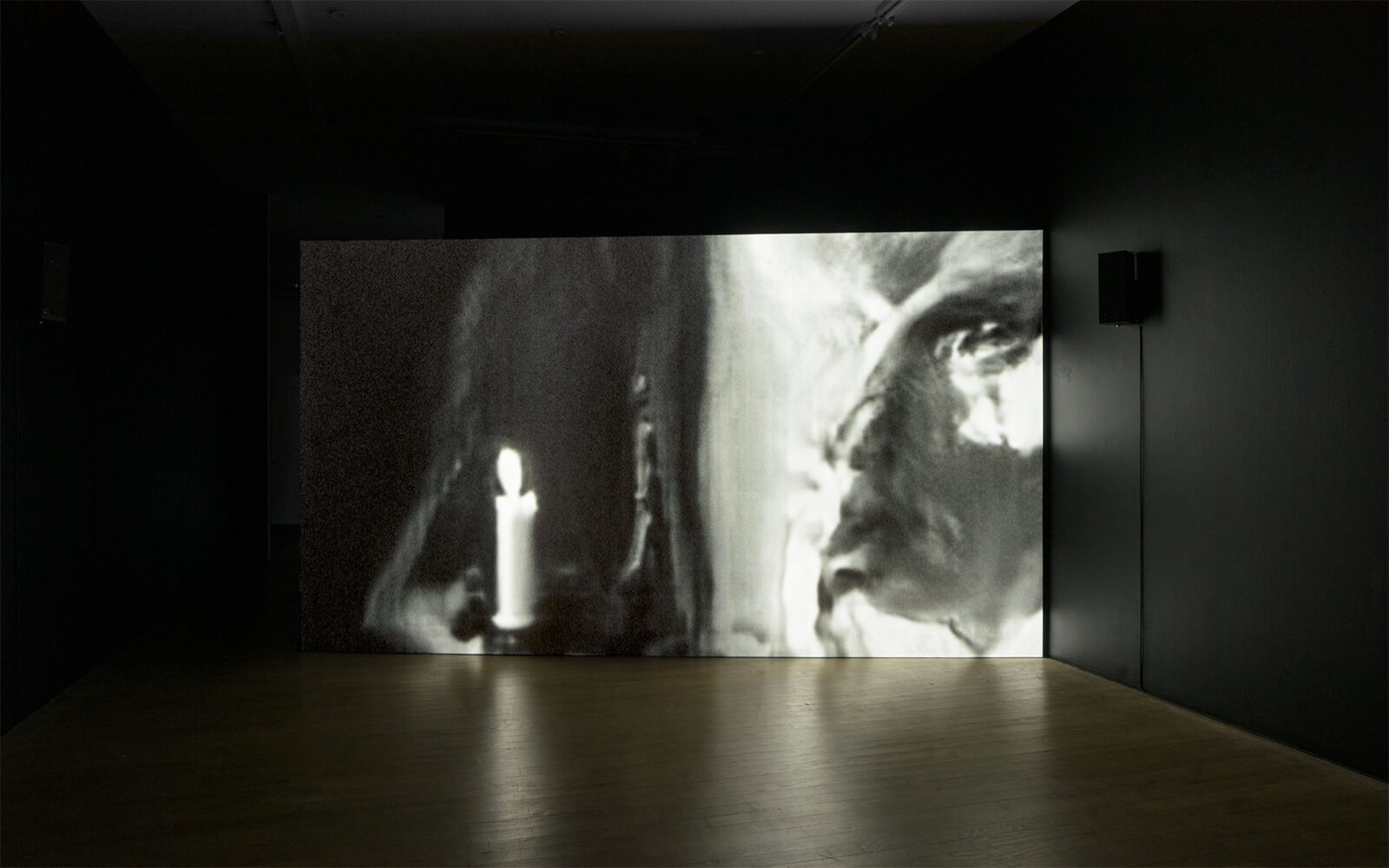1,576 days, 2,409 entries ...
Newsticker, link list, time machine: HOLO.mg/stream logs emerging trajectories in art, science, technology, and culture––every day
American software artist Casey Reas returns to Berlin’s DAM Projects with “Conjured Terrain,” a solo exhibition of new Untitled Film Stills and Compressed Cinema digital video works set to (and driven by) the electroacoustic soundscapes of German artist and composer Jan St. Werner. Building on a body of images ‘conjured’ from feature films fed to generative adversarial networks (GANs) in 2018, Reas revisits—and celebrates—the raw visual grammar of early machine learning experiments from that era.

“It seems that forcing a neural network to ‘squeeze’ its thinking through a bottleneck of just a few neurons can improve the quality of the output. Why? We don’t really know. It just does.”
“AI images don’t glitch, they gloop. They streak and striate. It’s the result of how these systems seek out images from the fuzzy noise they start with. While noise is an end state of a bad television broadcast, it’s the start state of AI images.”
“There is the sense of witnessing a private, secretive, and interior process, yet one contrasted by the vast exterior of open-source images on which it feeds.”
American digital artist Casey Reas and German composer Jan St. Werner (of Mouse on Mars fame) get “Alchemical” at New York’s bitforms gallery. The show presents Reas’ experiments with machine learning techniques as image-making instruments in which he mobilized generative adversarial networks (GANs) trained on feature films. On view: a series of haunting Untitled Film Stills (2021) and five Compressed Cinema films that Werner augmented with “sentient” electroacoustic sounds.

Daily discoveries at the nexus of art, science, technology, and culture: Get full access by becoming a HOLO Reader!
- Perspective: research, long-form analysis, and critical commentary
- Encounters: in-depth artist profiles and studio visits of pioneers and key innovators
- Stream: a timeline and news archive with 1,200+ entries and counting
- Edition: HOLO’s annual collector’s edition that captures the calendar year in print
